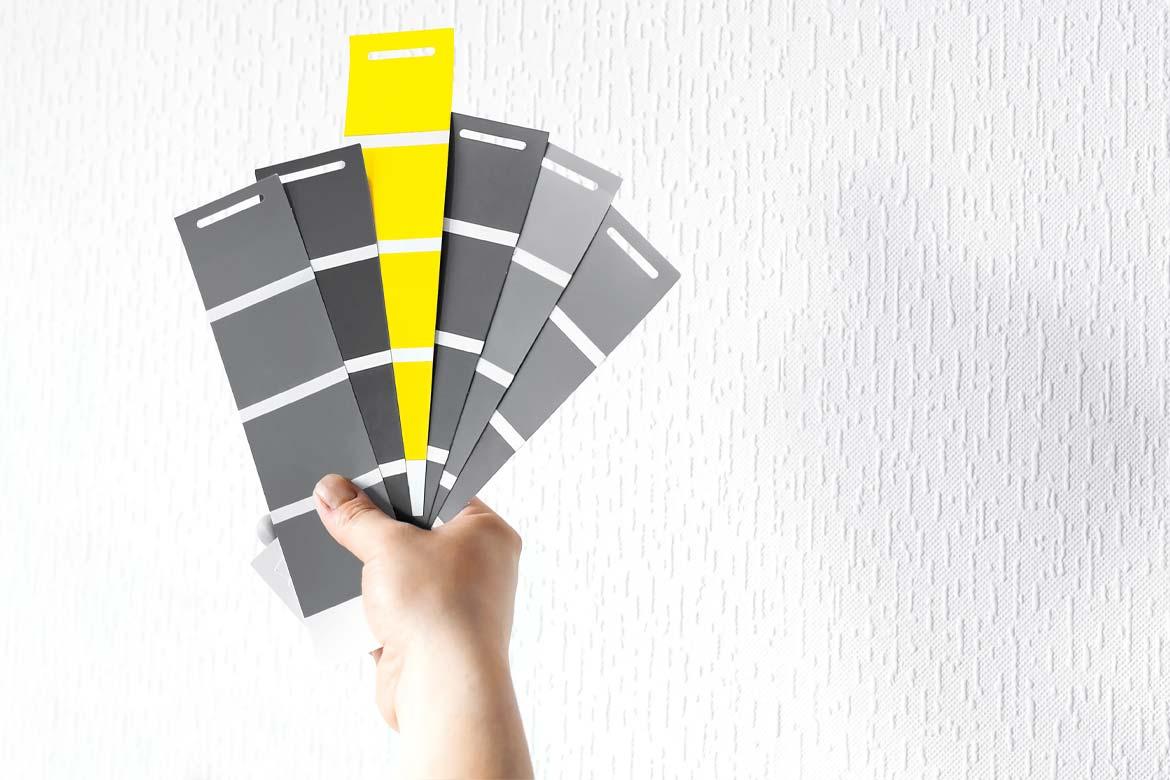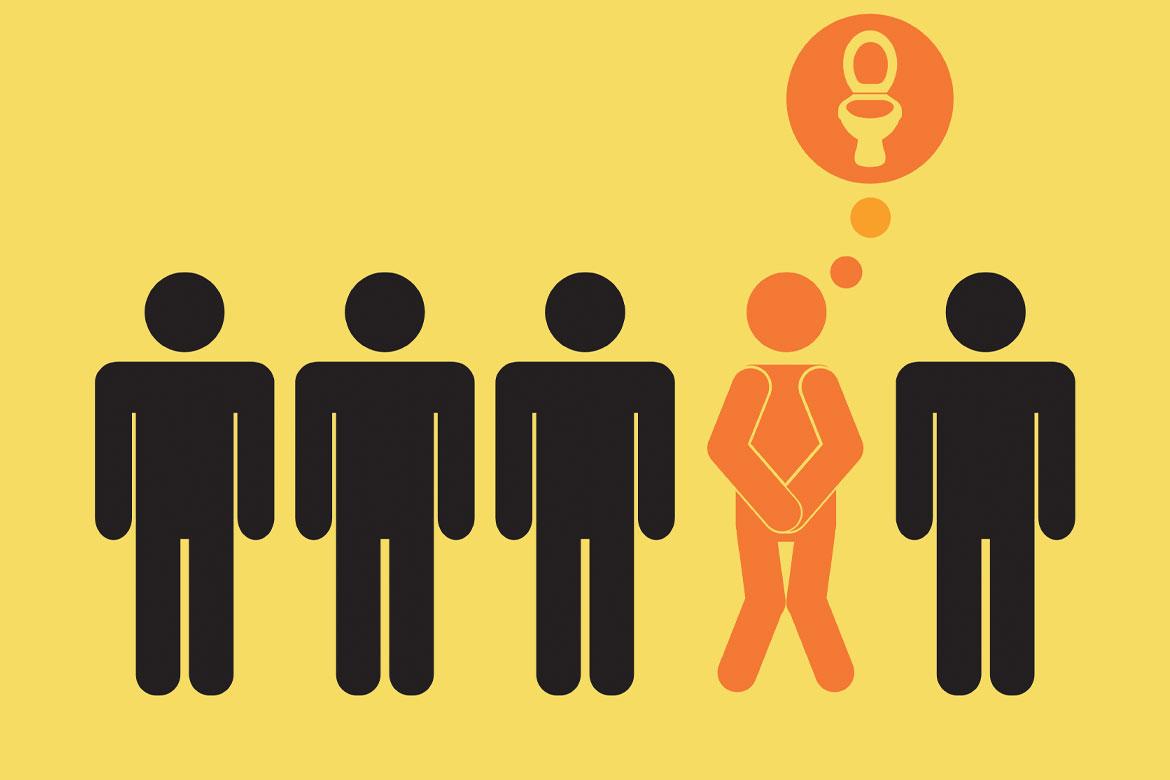Health Plus articles
Do You Have an Enlarged Prostate?
An enlarged prostate, or benign prostatic hyperplasia (BPH), affects most men as they age and can impact their quality of life if not properly managed.
Discover these Laser Treatments for an Enlarged Prostate
What is HoLEP and ThuFLEP? These are 2 laser treatment options to help treat an enlarged prostate.
Preparing for a Cystoscopy (Bladder Scope)
Cystoscopy is a procedure done to evaluate your urinary bladder and urethra. You can prepare for this procedure by understanding what it is for and how it is done.
What Your Urine Says About Your Health
Beyond indicating how well-hydrated you are, do you know that the colour of your urine could be a sign of an underlying medical condition?
Female UTIs – Your Burning Questions Answered
If you experience pain or pass blood as you pee, you might have picked up a urinary tract infection. This unpleasant condition can be effectively treated if discovered early.
Experiencing Frequent Urination?
Affecting both men, and women, urinary incontinence can be easily managed with the right diagnosis and treatment!










